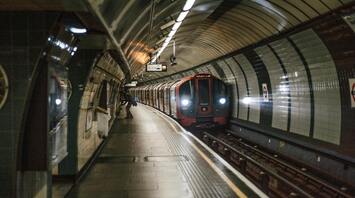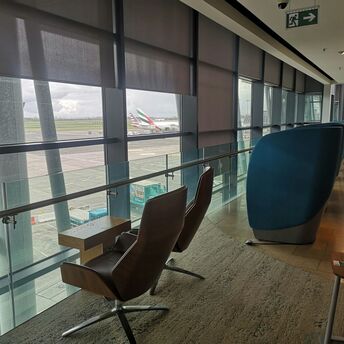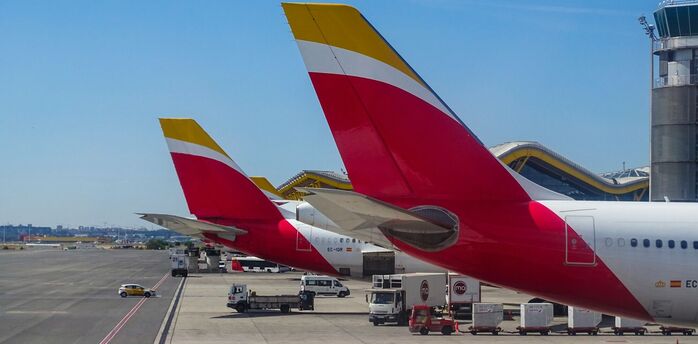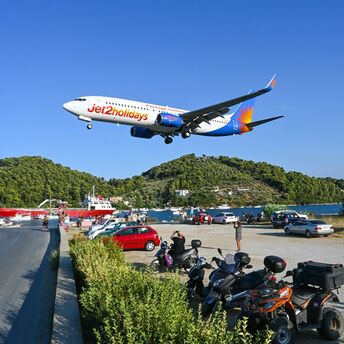RMT Delays Planned Strike on London Underground: Effects and Significance for Travelers

The sudden decision by the RMT union to postpone an anticipated walkout by London Underground staff has drawn the attention of locals and visitors alike in the British capital. Following negotiations between RMT representatives and Underground authorities, the union agreed to temporarily suspend the planned action after being presented with a revised wage proposal.
Initially, the strike, which was intended to occur on various evenings over the next few weeks, threatened to disrupt travel across London significantly, particularly impacting tourists who rely on the Underground as their primary transportation method. The RMT’s choice to delay the protest followed a better wage offer from management, which the union views as a potential improvement to working conditions.
Although RMT members have opted to pause their industrial action, a separate strike led by the drivers' union Aslef remains scheduled for the following week. This situation continues to bring uncertainty for both passengers and visitors, as disruptions to transport services could still occur. With the possibility of limited Underground service, both tourists and locals may need to consider alternative transportation options around the city.
For those planning a trip to London, it’s important to stay informed about potential changes in Underground schedules. Transit strikes may influence access to major landmarks and attractions like Westminster Abbey and the Tower of London. Such interruptions might necessitate adjustments to travel plans, compelling tourists to turn to buses or taxis, which could result in delays and added expenses for transportation.



















